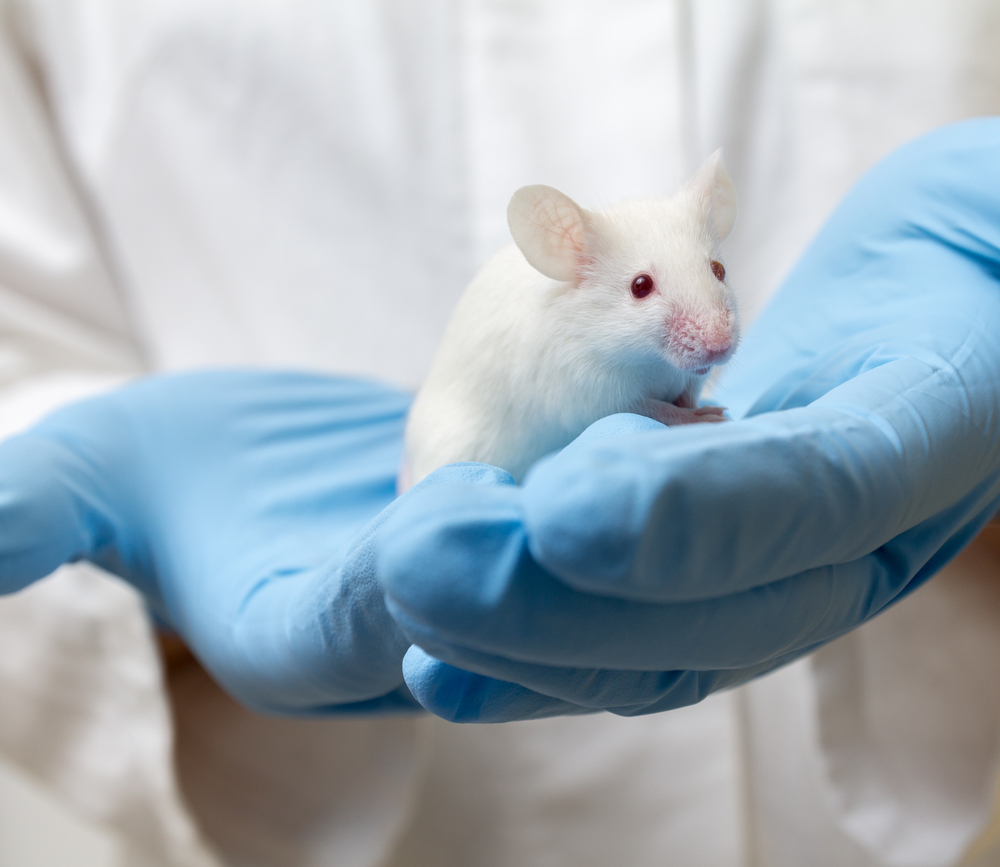Physical Exercise Improves Energy Metabolism in Mice With SMA, Study Finds

Physical exercise, including running and swimming, improved muscle energy metabolism in mice with milder forms of spinal muscular atrophy (SMA), a study has found.
The results, “Low-Intensity Running and High-Intensity Swimming Exercises Differentially Improve Energy Metabolism in Mice With Mild Spinal Muscular Atrophy,” were published in Frontiers in Physiology.
SMA comprises a group of neurodegenerative disorders characterized by the gradual loss of motor neurons — the nerve cells responsible for controlling voluntary muscles — in the spinal cord, leading to muscle weakness and wasting. It is normally caused by mutations in the SMN1 gene, which provides instructions for making the SMN protein that is essential for motor neuron survival.
Although the molecular causes underlying nerve cell degeneration in SMA are well-established, scientists have started to uncover other SMA effects on the body that may be much more complex than previously thought. One of these effects include, for instance, the way cells produce and use energy.
“Several alterations in energy metabolism, like glucose [blood sugar] intolerance and hyperlipidemia [high levels of fat molecules in the blood], have been reported in SMA at both systemic and cellular levels, prompting questions about the potential role of energy homeostasis and/or production involvement in disease progression,” the researchers wrote.
Physical exercise is a complementary form of therapy for people living with SMA. Some of its benefits include improvements in muscle energy metabolism and muscle resistance to fatigue.
In a previous study, the same group of researchers found that low-intensity running or high-intensity swimming exercises were well-tolerated and led to improvements in motor function in mice with milder forms of the disease.
In the new study, the team investigated if the benefits of these two types of exercise in animals with a milder form of SMA (mimicking type 3) could be associated with an improvement in their energy metabolism.
The researchers started by comparing the overall body metabolism of untrained animals to those that had performed either low-intensity running or high-intensity swimming exercises for 10 months.
Results showed that untrained animals with SMA had a dysregulation in their lipid (fatty molecules) metabolism, consumed more oxygen, and spent more energy while performing normal spontaneous activities.
Conversely, mice that had been trained for 10 consecutive months on either type of exercise showed significant improvements in their lipid and blood sugar metabolism. In addition, oxygen consumption in these animals was more efficient, increasing when mice were engaged in demanding spontaneous activities.
Further experiments also revealed that both types of training had positive effects on muscle mitochondria metabolism, increasing the efficiency of energy production and reducing oxygen consumption. Of note, mitochondria are the cell compartments responsible for the production of energy in the body.
Compared with low-intensity running, high-intensity swimming exercises seemed to lead to better effects in lipid and mitochondria metabolism.
“[O]ur data support the hypothesis that active physical exercise, including high-intensity protocols, induces metabolic adaptations at both systemic and cellular levels,” the researchers wrote.
These findings suggest physical exercise as an effective therapeutic intervention for SMA patients to complement pharmacological or gene therapies aimed at improving SMN expression in motor neurons, and “support the necessity to use precision and personalized intervention in order to optimize exercise-induced benefits for SMA patient care,” they added.
However, the authors point out that only male mice were used in the study and that, because gender can influence metabolic status and exercise-induced benefits, “it seems crucial to evaluate if female SMA mice with the same genetic background than the males used in the present study could identically adapt to the same exercise protocols.”







